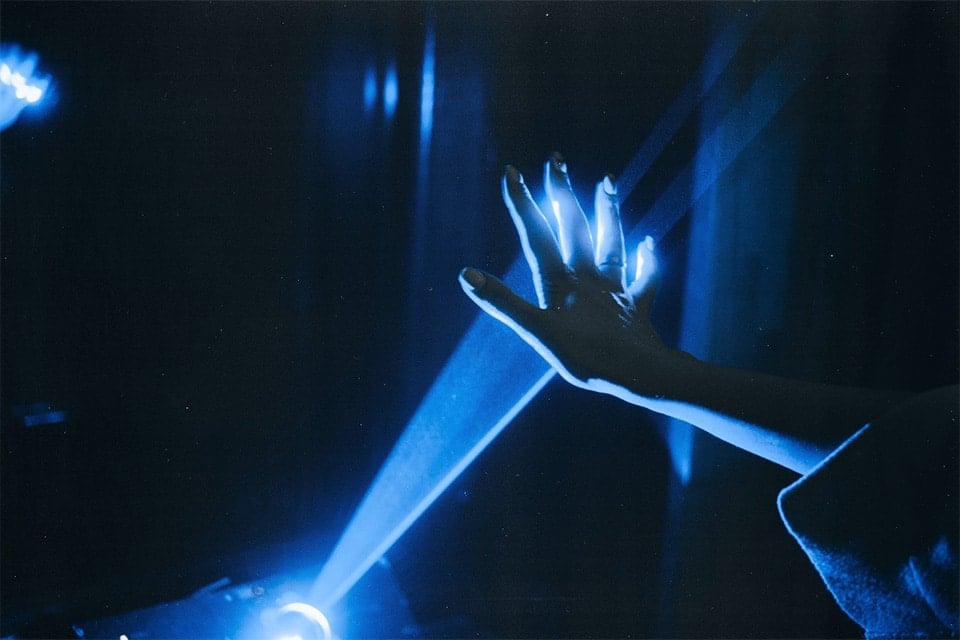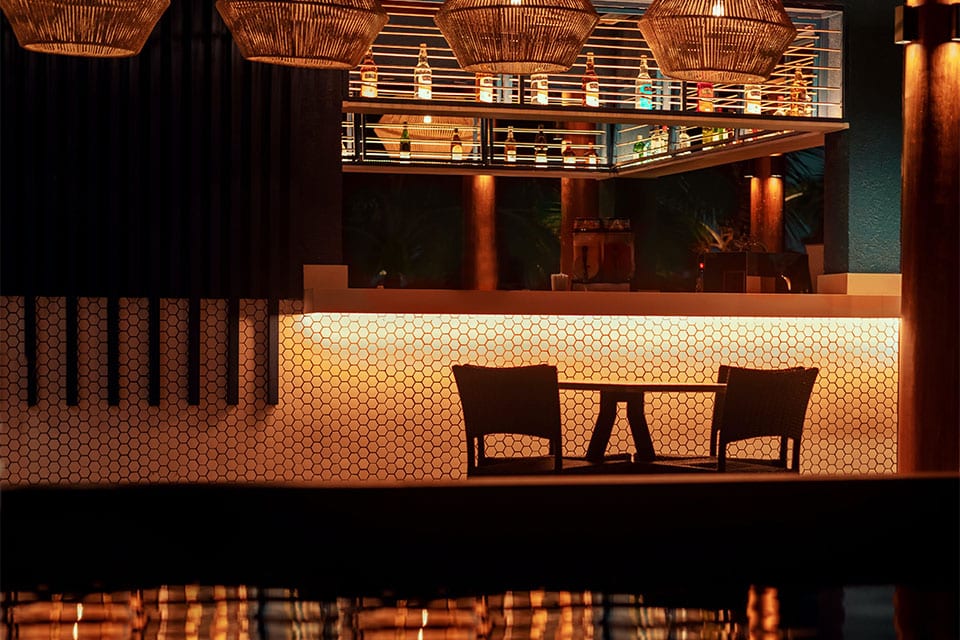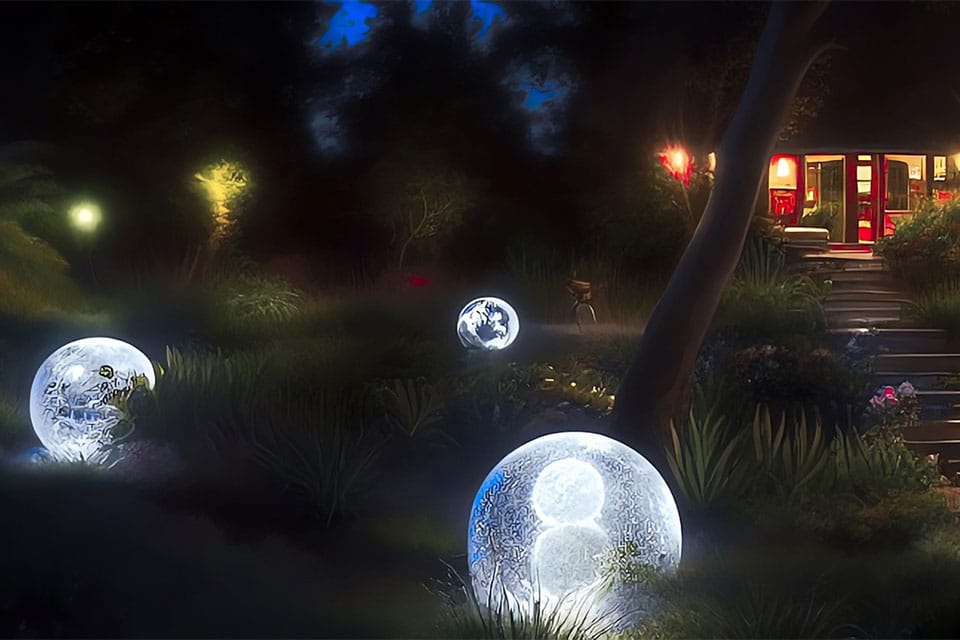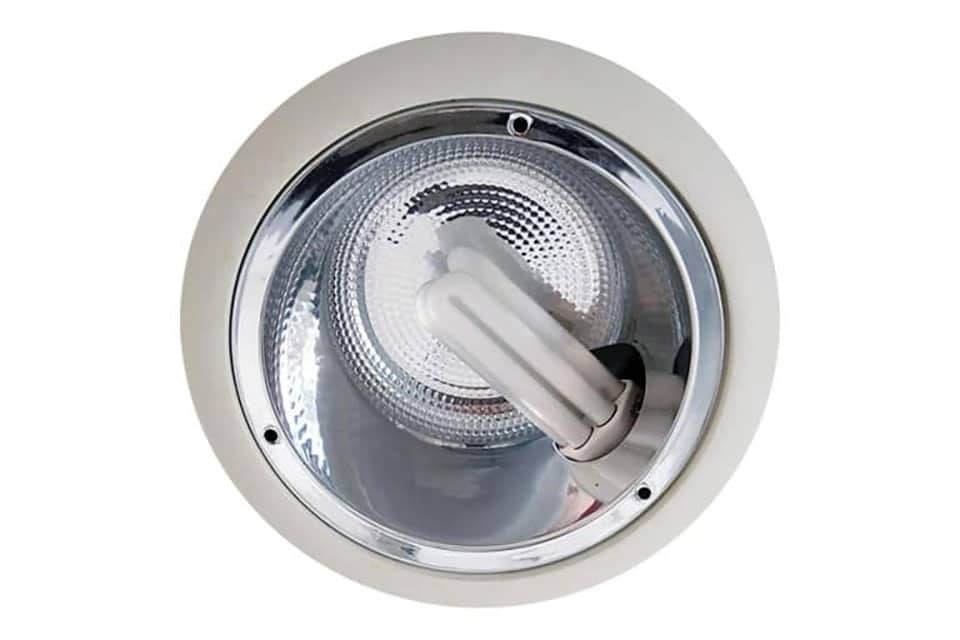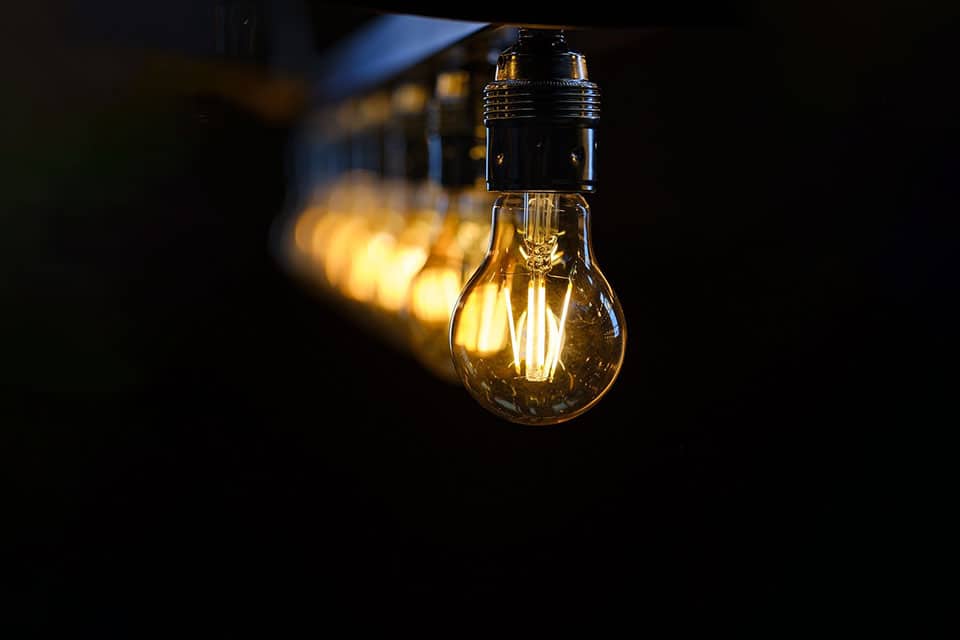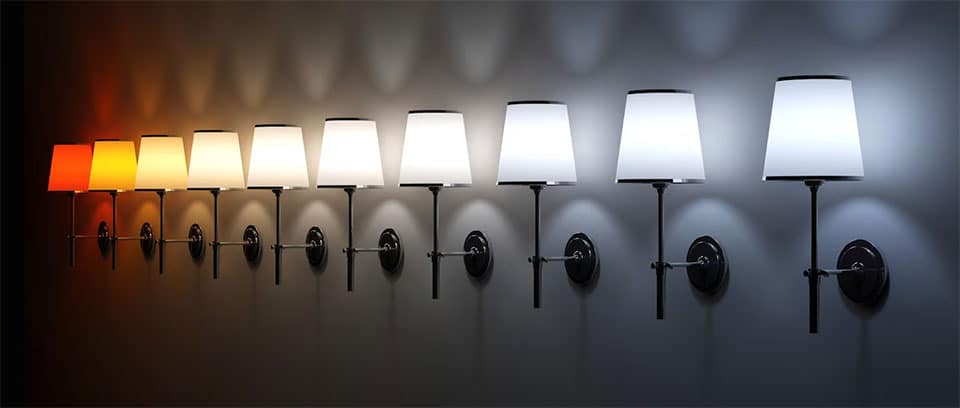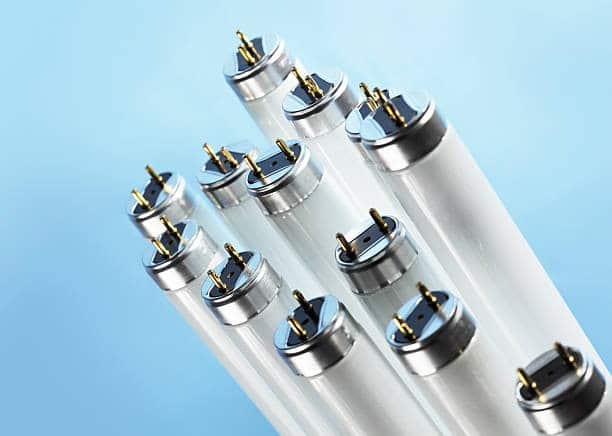We humans already know that ambient light, such as blue light, has a role to play in the circadian system. There are light-sensitive photocells in our eyes that send out signals to the “master clock” located deep in the brain. These signals are electrical in nature and they enable your body to know what “time” it actually is so that the different body organs and their functions can be regulated in harmony with nature.
The cells in the eyes are very sensitive to blue light, and because of this people are advised to desist from using electronic devices late into the night and also to stop their use at least an hour before bed.
However, recent investigations and studies show that blue light can affect us in more ways than the circadian rhythm. Studies on animals have revealed that if there is insufficient exposure to blue light, both memory and cognition are adversely affected. Also, our bodies have fat cells containing proteins that are sensitive to light and this indicates that this blue light possibly regulates metabolic health, regulating adipocyte functions.
New Studies
There has been a recent study that has found out that blue light is also a regulator of our blood pressure. The study also found that prolonged exposure to blue light will also bring down blood pressure. The effects of blue light on blood pressure are crazily the same as hypertensive medicine.
Importance Of Blood Pressure
On your visit to a doctor for anything, be it as petty as a laceration, the first and foremost thing he shall do is check your blood pressure, this has a reason. Every time your heart beats, it forces blood to course through your body, providing it with the energy and oxygen needed for optimum body function. The blood when pumped through the arteries and veins exerts outward pressure on the walls of these blood vessels. With an increased force of pushing, the arteries also expand so that the blood flow is unabated. With the passage of time, this force is increased manifold, and even when the arteries are not able to dilate in the proper manner, the tissues in the wall of the arteries will become damaged.
When this happens, all sorts of problems arise. Firstly, it makes the arteries susceptible to accumulation and binding of LDL particles, and it is a precursor for atherosclerotic plaques. With high blood pressure, existing plaques can also be destabilised, increasing the risk of a rupture, heart attack or stroke.
Famously called the silent killer, high blood pressure can cause infinite damage to the body without any external symptoms. And by the time this issue is discovered by doctors, it is often too late to reverse the effects. High blood pressure is so infamous that the WHO has pointed out blood pressure as being the highest risk factor for the “Global Burden of Disease”. Even if you are an active person and do things by the book, you should pay attention to this.
Blood Pressure And Light
There are some environmental factors under our control that can have a beneficial effect on the circulatory system. For example, blood pressure is lower in the summer compared to winter, with 33% of deaths being attributed to CHD (Coronary Heart Disease). There was some talk in medical and research circles about the effects of ultraviolet light on the body. There was a correlation, but a slight one. It appears that sunlight and u-v light can improve vascular health for some reasons that have nothing to do with vitamin D.
The human skin has a heavy store of derivatives of nitric oxide. These are chemicals that are sensitive to UV radiation, and if they are exposed, a rush of chemical reactions takes place, releasing nitrosated and bioactive compounds in your blood. These compounds will interact with endothelium which is the inner membrane of the blood vessels. Nitric oxide is very good for the body- it will relax the blood vessel walls, ensure the enhanced flow of blood and also lower the blood pressure of your body.
Research Findings
According to the latest research findings, blue light is really beneficial. Here is what it can do for your blood pressure:
Decrease Systolic Blood Pressure
In the study group, blood pressure (systolic) was found to drop by 8 mmHg on average, while for the control group the blood pressure was the same as before.
Artery Stiffness Reductions
The group being experimented upon experienced a decreased vascular resistance in the forearm along with a decrease in the velocity of pulse waves.
Increase In Blood Flow
With the experimental group, there was an increase in the flow of blood to the forearm as well as dilation that was flow-mediated. This means that the test group had better capacity for arteries to expand in the run up to the increased flow of blood. Higher dilation translates to improved endothelial function, and this is a very encouraging thing for people with high blood pressure.
Release Of Nitric Oxide
The group under experiment showed an increase in different species of nitric oxide and their concentrations in blood plasma. After 30 minutes of blue light exposure, the reductions in systolic blood pressure were positively correlated with plasma nitroso changes, which is a great thing for us humans.
Conclusion
The main takeaway from this blog post is that blue light exposure manages to decrease systolic blood pressure by as much as 8mmHg in an individual. Achieving this without medication and their nasty side effects is a good thing and there should be more emphasis on how to introduce blue lighting in interiors of homes and offices by some of the best light bulb manufacturers in the region.






















































































